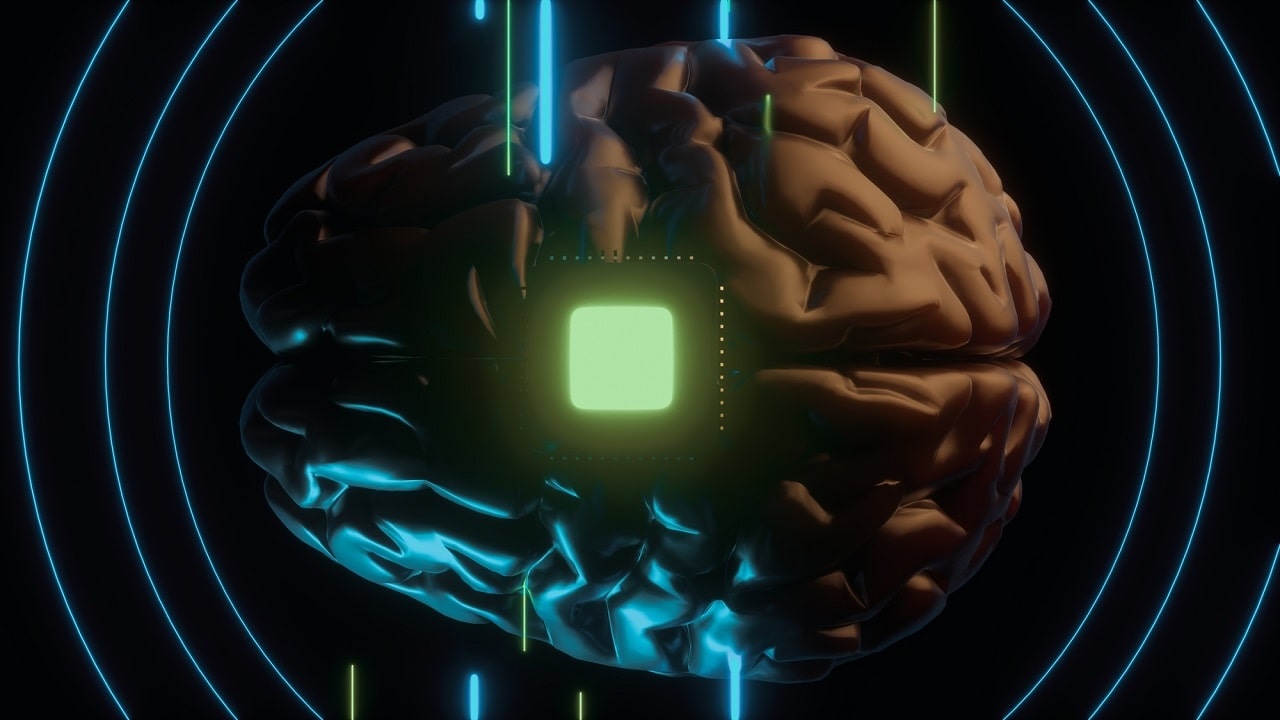Neuralink has installed the first brain implant in a human being, and we already foresee the inevitable split between enthusiasts and detractors.
With the former envisaging a near future in which the human and the technological will merge to improve our lives (this is, in a brutal summary, the thesis of transhumanism). And the latter are convinced that such hybridisations are, if anything, closer to tales of terror along the lines of Frankenstein.
Let’s find out what happened, and retrace the main steps that led to this important and perhaps questionable result.

Neuralink: first implant installed on a human
The “lucky” one was chosen from thousands of volunteers. And Elon Musk made the announcement, it couldn’t be otherwise, via a post on X.
The entrepreneur wrote at 11.37pm on Monday 29 January: “The first human received an implant from Neuralink yesterday and is recovering well. Initial results show promising neuronal spike detection.”
In another short post, Musk announced that the first chip implanted by Neuralink on a human is called Telepathy.
Each plant, the company said, has a production cost of approximately $10,000, and a final cost for the consumer of approximately $40,000. In the period from August to November 2023 alone, Neuralink raised $323 million from investors.
Neuralink
Neuralink, founded in 2016, develops implantable neural interfaces.
The first objective of Musk’s company is to use technology to support physical disability conditions, such as paralysis and blindness. But Elon Musk himself has revealed the cards, declaring already in 2018 that his dream is to be able to achieve a “symbiosis between man and artificial intelligence”.
The first experiments
The first implant of Neuralink on a human was preceded by several animal experiments.
For example, in 2021 we told you about a macaque who played Pong with his mind, without using the joystick, after a chip had been implanted in his brain.
Furthermore, in September 2023 Elon Musk declared that another monkey used in the experiments had died. Adding, however, that Neuralink chose only terminally ill monkeys for the first implants.
From animals to humans
After an initial no, in May 2023 Neuralink finally received the OK from the FDA (Food and Drug Administration). Musk’s company could have implanted chips in humans.
Within a few months, specifically on September 19, the company opened enrollment for the first Neuralink brain implant on a human. Despite the skepticism of many, the appeal met with considerable success. And already in November, as we were saying, there were several thousand suitors vying for the installation of the system.
The company has announced that in a first phase only requests from people suffering from neurological injuries or diseases would be accepted. But the goal would have been to install as many as 22,000 chips by 2030.
Goodbye
In the hours before the announcement of the first implant on a human being, Neuralink was fined in the United States by the Department of Transportation for violating hazardous materials laws. The company allegedly failed to properly dispose of and store hazardous waste, including xylene, at its research facilities in Texas and California.
The fine, however, would only be $2,480.
Neuronal implants
But how should we deal with such a hybridization between technology and humanity? Perhaps the best position to take is to have no prejudices neither in one sense nor another. If, as has already happened in the recent past, a man-machine bridge serves to improve the daily life of those suffering from certain pathologies, why oppose it? After all, haven’t prostheses been used for this purpose for decades now?
What is different, it goes without saying, are the perverse dreams of some billionaires who, through technology, claim to cancel the constitutive limits of humanity, such as aging and death.
In short, nothing new under the sun: no technological discovery is intrinsically good or bad. It depends on the use made of it.















Leave a Reply
View Comments